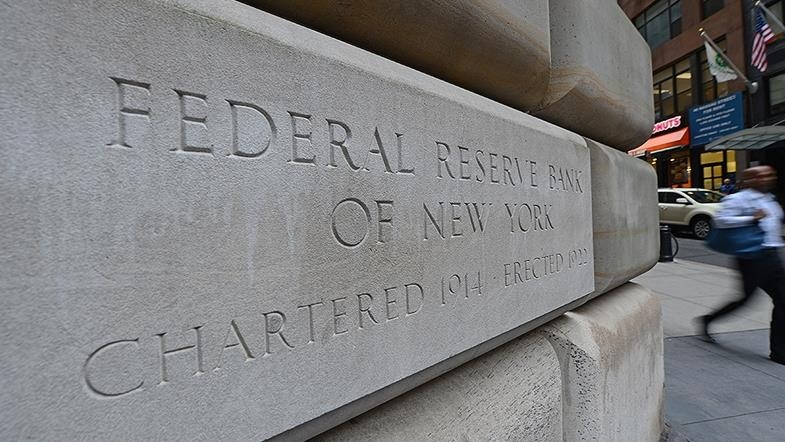All eyes turn to Fed’s rate decision amid political pressure
Fed remains justified in maintaining policy at this week’s meeting; experts estimate rate cut in September Fed not to be swayed by Trump’s influence
 Fed
Fed
ISTANBUL
The Fed is expected to maintain its monetary policy at this week’s meeting, as all eyes turn to the bank to see whether President Donald Trump’s pressure will influence its rate decision.
As the Fed’s decision comes under the spotlight, the US macroeconomic data revealed that the bank’s “wait-and-see” approach is more justified as the US economy remains strong.
Trump’s insults and statements surrounding Fed Chair Jerome Powell led to concerns that the bank may not be able to stay independent from the president’s influence. Trump’s remarks on removing Powell have subsided somewhat, but his pressure continues to cause concerns.
Bernd Weidensteiner, senior economist at Commerzbank, told Anadolu that the Fed’s independence is “currently under threat, as it has not been for decades,” pointing to the severity of the situation the bank is in. “At least Powell has been backed by numerous prominent representatives of major US banks, who have emphasized the value of the central bank’s independence.”
“Treasury Secretary (Scott) Bessent also said recently that Powell could serve out his term as board chairman until May 2026 if he wanted to -- Powell’s dismissal therefore seems off the table, at least for the time being,” he said.
Weidensteiner stated that Trump’s “anger” may be triggered again if the bank’s key rates are maintained unchanged in this week’s meeting.
“Although the latest inflation data were not particularly worrying overall, the effects of significantly higher tariffs are becoming increasingly apparent,” he said. “This time the decision is unlikely to be unanimous.”
“After all, Fed Governor (Christopher) Waller recently gave a speech in which he argued strongly for an interest rate cut at the upcoming meeting,” he said, noting that Fed Governor Michelle Bowman was also open to a “faster reduction,” and the Fed should face “no problem getting a comfortable majority.”
“At its next meeting in September, however, the Fed is likely to cut interest rates -- after all, many of Donald Trump’s international ‘deals’ will probably have been finalized by then, making it easier to estimate the longer-term level of tariffs,” he added. “Powell has always cited this clarity as a prerequisite for adjusting monetary policy.”
Philip Marey, senior US strategist at Rabobank, told Anadolu that the Fed is not expected to “lose its independence,” noting that the bank’s likelihood to cut rates in 2026 will be higher than previously assumed, as well as the possibility of the bank’s immunity to Trump’s influence.
“The expected impact of the tariffs is pulling the Fed in two opposite directions: the upward impact of inflation would be a reason to hike, but the downward impact on economic growth would be a reason to cut — on balance, we think that the Fed will therefore be slow and modest in its reactions,” he said. “For now, we expect only one rate cut in the remainder of the year, most likely in September.”
“The current FOMC (Federal Open Market Committee) sees only limited room to come to the rescue of economic activity, because they also have to maintain their credibility as inflation fighters,” he added.
James Knightley, chief international economist at ING Group, told Anadolu that this week’s meeting will see no rate cuts and he is expecting a policy change in December, while anticipating monthly inflation rates to “swiftly drop back to more benign readings later this year.”
“We believe that tariffs are a one-off price adjustment,” he noted.
“With inflation likely to be pushed higher by tariffs over the next few months, we are unlikely to get confirmation of more benign month-on-month inflation prints until the October and November reports,” he added.
Oliver Allen, senior US economist at Pantheon Macroeconomics, told Anadolu that non-farm payrolls increased nearly 150,000 last month, and that “it’s hard for the Fed to justify easing” after the data was released.
“That said, we do think some of the data over the next month or two, particularly on the labor market, will convince the FOMC that it's time to start easing by September,” he said.








